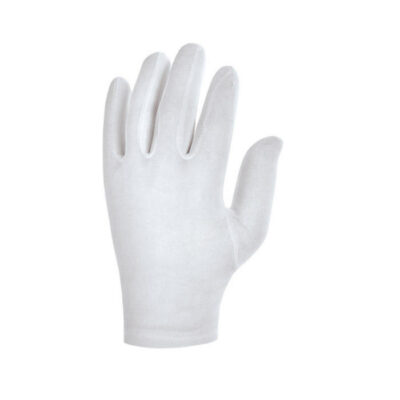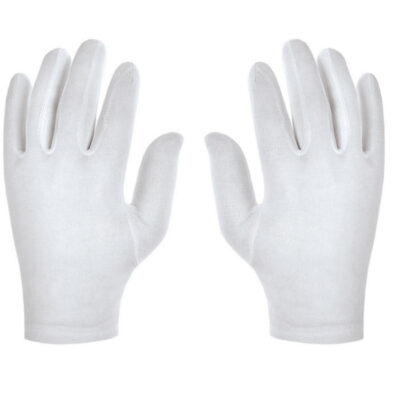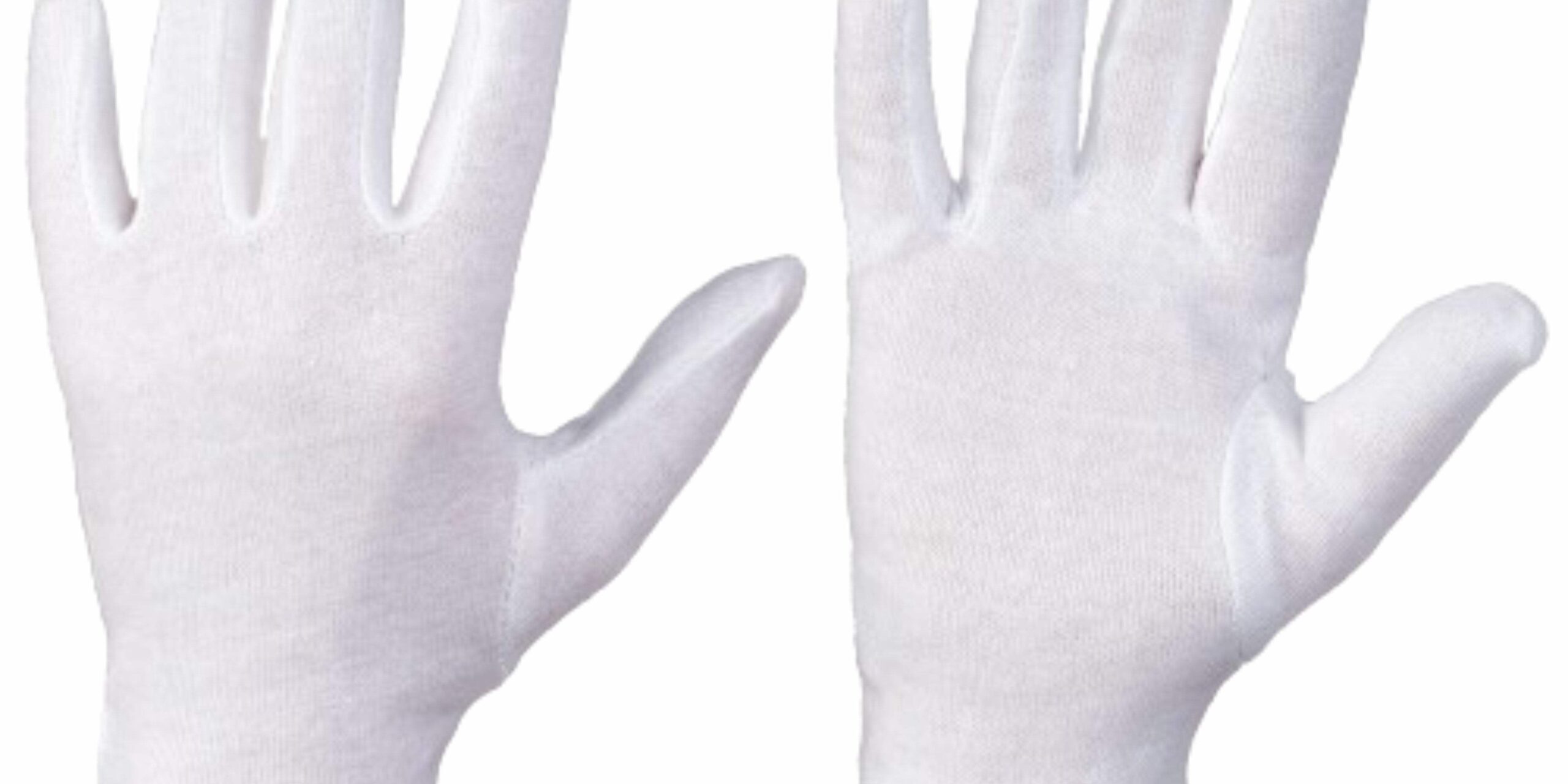✨ Introduction: Why Thickness Matters in Inspection Gloves
When it comes to inspection cotton gloves, thickness isn’t just a detail—it determines comfort, sensitivity, and durability. Whether your team handles jewelry, lenses, or electronic components, the right glove thickness ensures both protection and precision. Working with experienced Cotton Glove Manufacturers allows you to choose from various thickness grades tailored to specific industrial applications.
🧤 Understanding Thickness Categories
Inspection cotton gloves are typically categorized into three thickness levels based on fabric weight (measured in grams per square meter, GSM):
-
💡 Thin gloves (40–50 GSM): Ideal for delicate inspection work where tactile sensitivity is crucial. Commonly used in electronics, watchmaking, and medical assembly lines.
-
🔹 Medium gloves (55–60 GSM): The most versatile type, balancing comfort and durability. Suitable for general inspection and jewelry handling.
-
🔸 Thick gloves (65–75 GSM): Designed for heavier applications, such as polishing, packaging, or handling metal components.
Choosing the right thickness depends on how much contact precision versus protection your operation requires.
🪶 Key Factors to Consider Before Choosing
Here’s what procurement managers and factory buyers should evaluate before selecting a glove specification:
-
📦 Product Type: Small, delicate parts like lenses or semiconductors need thinner gloves.
-
🌡️ Working Environment: Hot or humid areas favor lightweight, breathable gloves; cooler zones can use thicker models.
-
🧪 Handling Frequency: Repeated use demands higher GSM for longevity.
-
♻️ Reusability: Thicker gloves can withstand multiple washes, reducing long-term costs.
-
🖐️ Fit and Size Options: A snug fit improves dexterity and prevents fatigue.
By testing a few sample pairs before bulk procurement, buyers can determine which GSM range suits their workflow.
🔍 Material Quality and Stitching
Not all gloves labeled as “inspection cotton gloves” offer the same feel or quality. Look for:
-
100% Combed Cotton: Ensures softness and minimal lint.
-
Tight Weave Density: Prevents fiber shedding in cleanrooms.
-
Flat Seams or Overlock Stitching: Improves comfort during long shifts.
-
Elastic Wrists: Keeps dust from entering during product handling.
For buyers seeking guaranteed quality across large orders, working with Work Cotton Gloves Manufacturers provides consistency in sizing, GSM, and packaging.
⚙️ Common Industry Applications
Each glove thickness aligns with distinct industries:
-
🧬 Cleanroom assembly: Thin gloves (40–50 GSM)
-
💎 Jewelry and watch inspection: Medium gloves (55–60 GSM)
-
🪞 Glass or metal polishing: Thick gloves (65–75 GSM)
-
🖨️ Printing and handling artwork: Medium gloves (55–60 GSM)
This classification helps international buyers and distributors manage SKUs effectively when sourcing multiple glove types.
📈 Customization Options for B2B Buyers
Factories now provide full OEM/ODM customization to meet global clients’ specific standards:
-
Printed brand logos on packaging
-
GSM adjustment for required sensitivity
-
Different wrist closures (elastic, knit, or open)
-
Lint-free treatments for ultra-clean environments
-
Eco-friendly cotton blends for sustainable projects
Bulk buyers can negotiate MOQ flexibility and tailored packaging solutions to match brand positioning.
🌍 Conclusion: Match Thickness to Function
Selecting the right thickness of inspection cotton gloves means aligning glove design with purpose. Thinner gloves deliver high precision for sensitive tasks, while thicker versions add protection and durability.
By sourcing from specialized manufacturers, your company ensures every glove meets quality, comfort, and performance expectations—making it easier to maintain global cleanroom and jewelry handling standards.

















